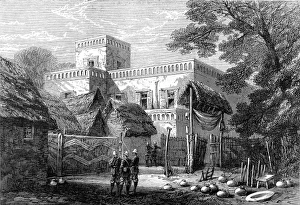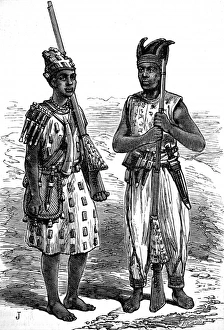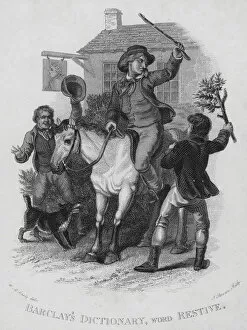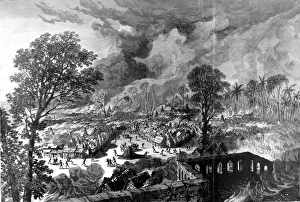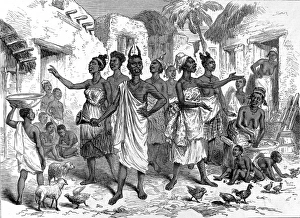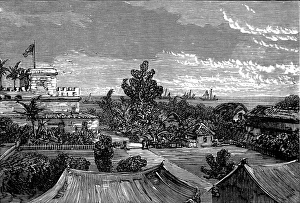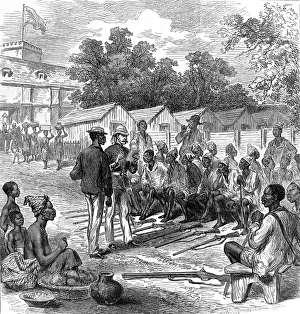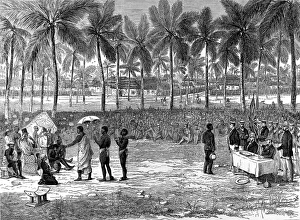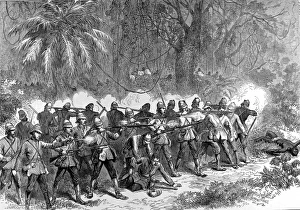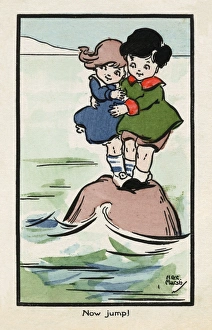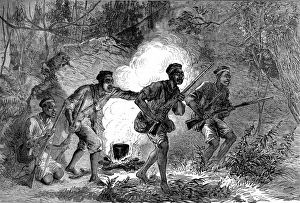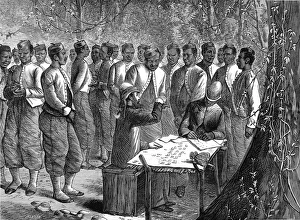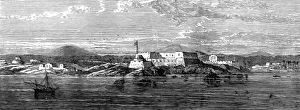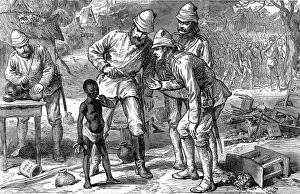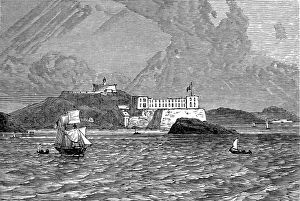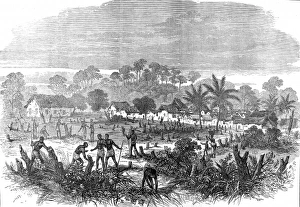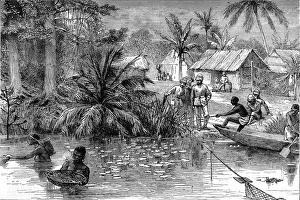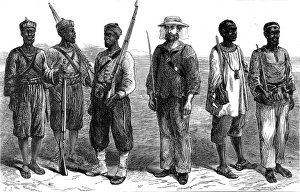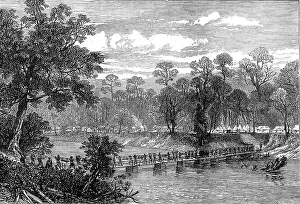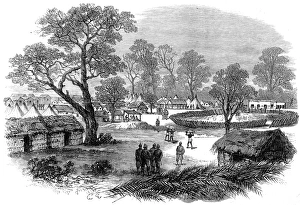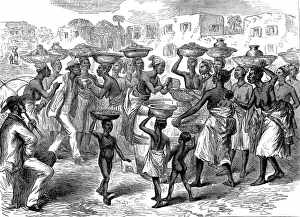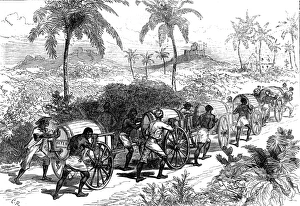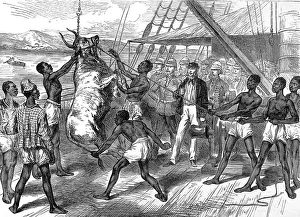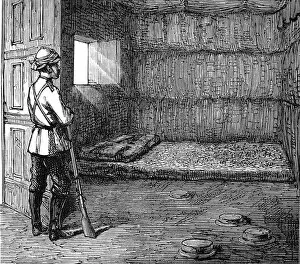Uneasy Collection
In the midst of historical turmoil and cultural clashes, a sense of unease permeates these captivating images
All Professionally Made to Order for Quick Shipping
In the midst of historical turmoil and cultural clashes, a sense of unease permeates these captivating images. "The King of Ashanti's Palace at Kumasi, 1874" captures the opulence and grandeur of a kingdom on the brink of conflict. The looming presence of Fante Soldiers serving with the British against the Ashanti hints at an uneasy alliance forged in uncertain times. Meanwhile, "Au salon" transports us to a sophisticated gathering where hidden tensions lie beneath polite smiles. In this colourful lithograph from 1902, there is an air of restiveness as individuals navigate societal expectations while concealing their true emotions. The Barclays Dictionary engraving depicting the word "Restive" evokes feelings of resistance and rebellion. It serves as a reminder that even language itself can convey uneasiness through its definitions. A portrait painted around 1898 portrays a woman whose expression betrays inner turmoil amidst her serene visage. Is she grappling with personal struggles or societal constraints? The answer remains elusive, adding to our sense of unease. At Wimbledon's Volunteer Meeting depicted in an engraving, faces are filled with anticipation but also apprehension. As they gather for unknown purposes, uncertainty hangs heavy in the air like an invisible fog. The colour lithograph titled "Fluctuat, " featured in Le Rire magazine, captures moments frozen in time - scenes that evoke both laughter and discomfort simultaneously. Its vibrant hues cannot mask the underlying disquietude present within its frames. Another portrait reveals yet another enigmatic woman gazing into eternity on an oil panel canvas. Her inscrutable expression leaves us wondering about her thoughts and desires; perhaps it is this ambiguity that unsettles us most profoundly. From ancient history to fairy tales brought to life by Helen Stratton's illustrations from Hans Andersen's Fairy Tales published circa 1930 - we encounter uneasy narratives once again.

